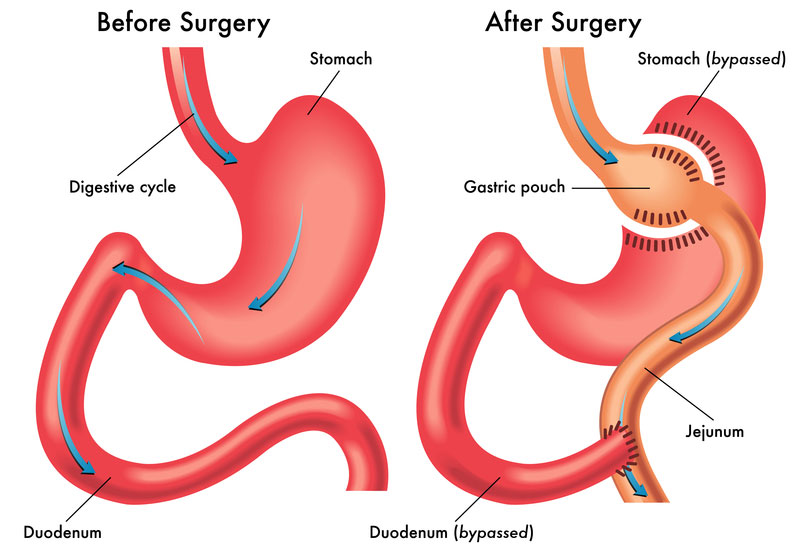The Most Popular Self-Publishing Platforms: Features, Pros & Cons

Self-publishing has become more common among indie and seasoned authors due to its high-profit percentage. Self-publishing means taking control of your book’s marketing, editing, and distribution without involving any third-party publishing houses. When you complete your book, the first decision you have to make is about the platform you’re going to use to print and distribute it.
The following section will mention some of the best self-publishing platforms and their pros and cons, but before this, it’s important to understand one key differentiation.
Aggregators vs. Retailers
All publishing houses are aggregators or retailers, which is important to know when selecting a publishing house for your book. In simple terms, aggregators are a one-stop solution for authors for uploading and distributing books to all major platforms.
In contrast, companies that sell books directly to consumers using their platforms are known as retailers. Some famous retailers are Apple, Barnes & Noble, and Amazon. However, there is an exception to the rule: some publishing platforms, such as Lulu, are both retailers and aggregators.
Top 5 Famous Self-Publishing Platforms for Your Book
Many self-publishing platforms are available for writers to make their work accessible to a mass audience. However, consider the general audience of the particular platform and check if it aligns with your target audience. For example, some platforms engage young readers while others are more focused on adults and elderly people.
Let’s look into the top 5 best self-publishing platforms for your book.
Amazon KDP
It is one of the largest book retailers and self-publishing platforms, with 63% of the book market share. The Kindle Direct Publishing (KDP) services empower writers to avoid traditional publishing houses and preserve all their rights. The downside is that the book is only available on Amazon sites, which are accessible worldwide except for some countries.
For first-time writers who want a simple and professional self-publishing experience, KDA is the best option. Another factor to consider is that Amazon offers a lower royalty percentage than other competitors. However, on the bright side, they don’t want exclusive rights, meaning the book can be published on other platforms as well.
Print Type: eBook and Paperback
Cost: Free
Royalty: 70% for eBooks and 60% for paperback
Pros:
- You can publish it on other platforms
- largest audience of book shoppers worldwide
- User Friendly interface
- Free and easy uploading
- Inexpensive Printing costs
- High print quality
- Great customer support 24/7
Cons
- Book Only available on Amazon
- No hardcover or audiobook publishing
Barnes & Noble Press
Many authors dream of placing their books on a shelf in big retailers like Barnes & Noble. This publishing house offered writers a self-publishing path back in 2018, giving Amazon a fair competition. The perk is that your book will be available in their online stores and partnered bookstores on demand. However, most of the time, the bookshelves are off the deals and require you to strike a deal with the publishing house.
Formats: Paperback and eBook
Price: Free
Royalty: 55% for paperback and for eBooks around 70%
Pros:
- Book can be published anywhere
- Smooth and professional uploading
- Inexpensive Printing costs
- Good print quality
- Access to all shoppers
Cons:
- Book will not be on shelves of Barnes & Noble
- Availability only at Barnes & Noble’s online store, limiting reach
- Bad customer support
Ingram Spark Publishing
This platform is a big player in the book Ingram industry but is less popular than Amazon or Barnes. It is home to one of the largest catalogs of wholesale books, and most retailers order from it. Therefore, it is the major reason why Ingram opened a self-publishing platform for writers as an aggregator and retailer. Ingram publishing is another excellent option for indie writers to consider.
The best part is that Ingram promises global book distribution, opening doors to retail stores, schools, and libraries bookshelves. However, your book must be well-known so schools and other retailers can request it from Ingram.
Print Type: Hardcover, Paperback, and eBook
Cost: $49 per print title plus $25 per revision
Royalty: 45-65%
Pros:
- Inexpensive printing costs
- Good print quality
- Hardcover options are available in a variety of styles
- Your book will be listed in the catalog all major retailers use
- They offer bulk discounts
Cons:
- The platform isn’t very user-friendly
- Confusing royalty system
- Book won’t be in bookstores or major retailers; exception in cases where retailers specifically requests your book
- No customer support
Lulu Self-Publishing
Lulu has been a famous self-publishing platform for over a decade and has built a reputation and credibility in the book market. Their services have grown from retail and distribution to cover designs, layouts, and editing. Lulu is perhaps best known for its high quality print and the great flexibility it offers to authors. They provide high-quality on-demand printing and have different options, such as hardcover or photobook, allowing your audience to choose according to their preference.
The distribution network expanded to over 150 countries and published on sites like Amazon, Barnes & Noble, and Ingram Catalogue. However, the downside of Lulu is that if the user buys your book indirectly from Amazon or Barnes, you’ll lose more profit percentage. Since both Lulu and Amazon would take parentage from your sales,
Print Type: Hardcover, eBook and Paperback
Cost: Free
Royalty: 35-50% depending on the print type
Pros:
- high-quality printing
- Your book will be sold at Barnes & Noble, Lulu, Amazon, and IngramSpark.
- It integrates with your Shopify store for direct sales on your website
- more author royalties (50%) for books purchased on Lulu
- Available offers in bulk orders
Cons:
- The cost of printing is little more than that of KDP and Ingram Spark.
- Low traffic
- High distribution costs
- Proper uploading guidelines
- Poor customer service
Apple Books Publishing
Apple Books and Noble & Barnes have fierce competition on yearly eBook sales. Nobles & Barnes has the lead, but Apple is swiftly climbing the charts to become number 1. Apple Books has a dedicated number of users on its platform; therefore, it’s also a good idea to publish your book here.
There are two ways to upload your eBook: by yourself or through a distributor. If you have access to a Mac, then the uploading process is seamless; otherwise, you have to hire a distributor to upload it for you.
Print Type: eBook
Cost: Free
Royalty: 70%
Pros:
- They’re the second largest eBook retailer
- They offer several file options to upload
- You can give books away for free
Cons:
- It’s only for eBooks
- You need an iTunes account
- You need a Mac computer to upload
- Not all books will be accepted
Which One to Choose?
If you’re a first time writer and want a smooth book publishing process, then opt for Amazon KDA. The best book publishing company offer packages to edit your book according to Amazon KDA guideline. Otherwise, Barnes & Noble provides a competitive, dedicated audience in both retail and online but requires research and discussion on bookshelf spaces. Considering all the pros and cons of each publishing house is important before you make a decision.
The Final Thought
Book publishing is a delicate process requiring much research and evaluation. It’s better to take your time and find the best deal among self-published houses or choose traditional publishers. Don’t shy away from trying every opportunity available to you, and use proper book marketing services to turn it into a best seller.











